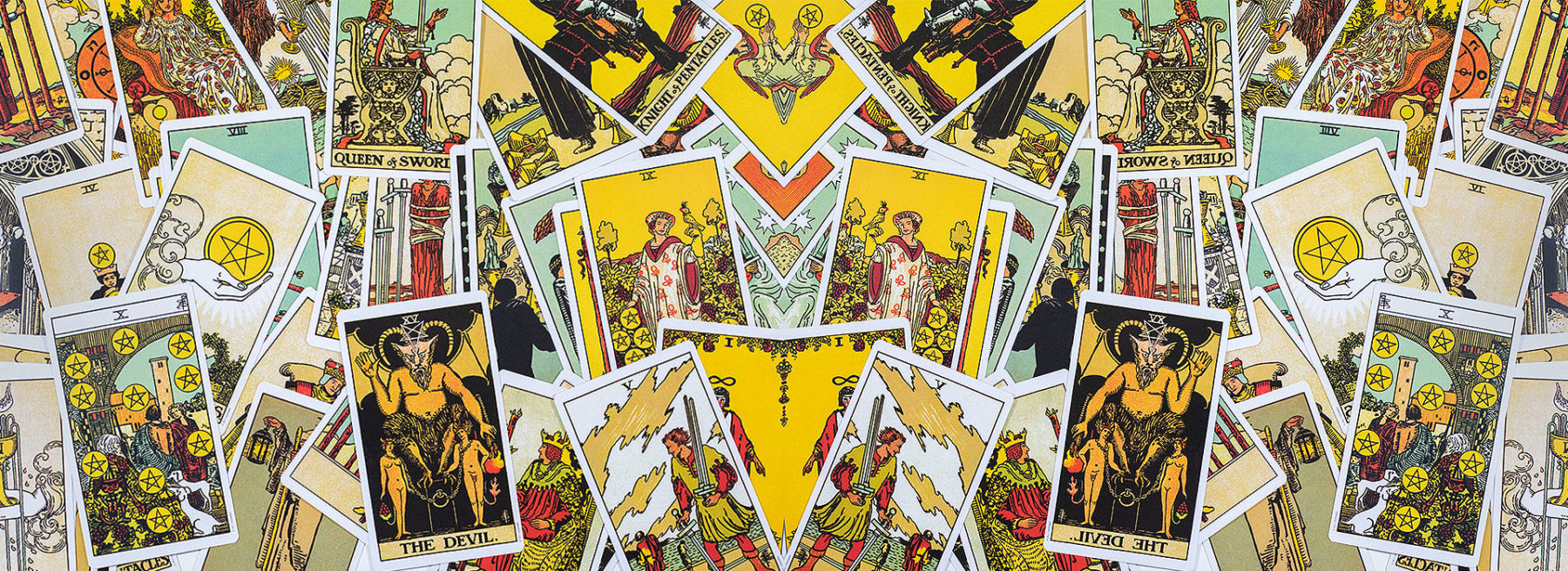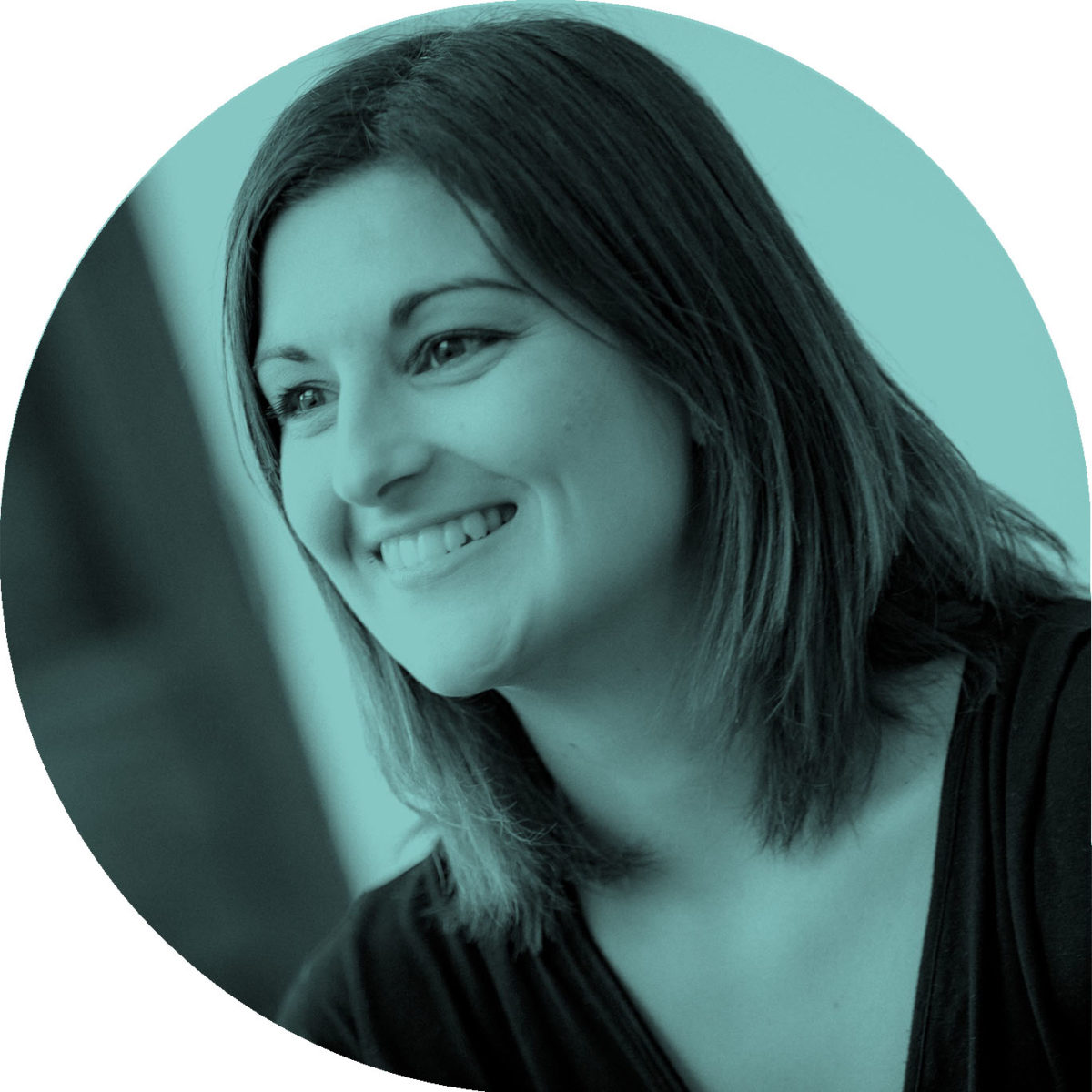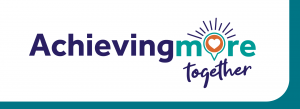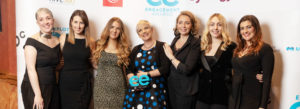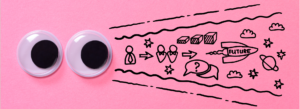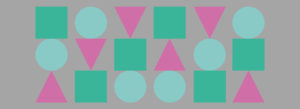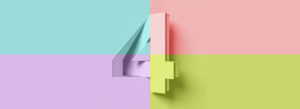When I started my career in comms over 10 years ago, never would I have imagined that I would use tarot cards as a legitimate tool to improve communications in the workplace.
But there I was the other week, sitting with my colleagues at H&H towers with a pack of Original Rider Waite cards in my hands and tapping into my inner Coromandel hippy.
But this was no head-scarf wearing, crystal ball gazing reading, hunched in a dark tent at a carnival.
This was a capability-building exercise about the art of storytelling using visual aids.
There was some trepidation in the room as we wiggled into our seats and shared our expectations for the day. But we’d heard good things about this session led by the very talented Keziah. We knew we were in for a treat.
And so, we sat back with an open mind as Keziah explained that this session was all about seeing things from a different perspective and noticing something you may never have thought of before – prompted by the use of visuals.
She shared that whether or not you care for, or believe in, the energy and serendipity of tarot cards – taking the time to focus on one particular thing and explore it from different angles opens up a pandora’s box of ideas and possibilities.
Of course, she is right.
Mystical future-predicting aside, cold hard science shows that using visuals when we communicate in the workplace can help us to process information and carry out tasks more effectively.
And we were about to put that science to the test in a much less sterile kind of environment.
Using visual aids to explore your culture
Using our fumbling, slightly clammy hands to warm up our brand new packs of tarot cards, we started by exploring the meaning of our culture code.
Now, what’s a culture code, you may be wondering.
For those unlucky enough to never have had their organisational culture elegantly defined by H&H, a ‘culture code’ is a tangible blueprint of desired organisational behaviours and values that gives every employee a clear sense of what’s expected of them. Having this clearly articulated helps employees – and prospective talent – to understand the collective culture of an organisation and track their ways of working to ensure they’re aligned. You can check our very own culture code in video form if you like.
Anyhoo, back to tarot cards!
In the first part of our session, we each chose a card that we felt best represented one of our cultural traits from the culture code.
Suddenly, ‘delighting our clients’ became ‘The World’, representing the success and completeness that we gain from having an outwards, client-focused mindset.
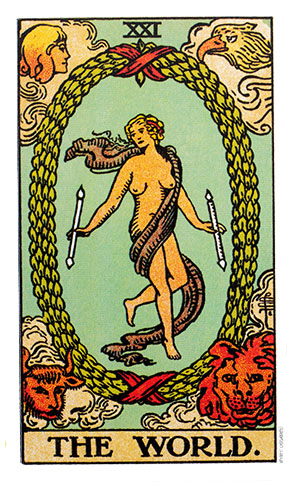
And ‘committing unreservedly to our goals’ transformed into the ‘Knight of Swords’, imploring us to tackle each day, each challenge and each task with a youthful, high-energy focus and sharp-wittedness.
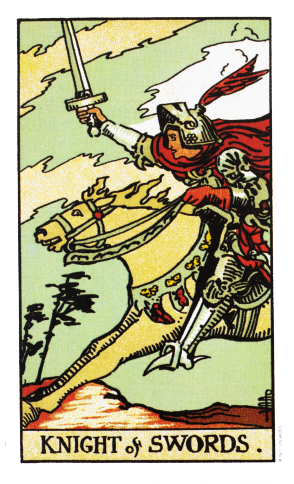
Inspired by the symbolic images and motifs in the tarot cards, we all swapped stories about the times when we felt most in sync with our cultural traits, as well as times when it had felt difficult.
And what I noticed as the conversations continued, was that our language was more intimate and personal. We used metaphors to describe how we felt and more colourful language to compare our experiences. We had tapped into something that a typical workplace workshop often misses.
An emotive, human connection.
It was the diversity of interpretation and the richness of the descriptions that really brought our culture code to life in a way I hadn’t experienced before.
All because we wrote it with pictures instead of words.
Using visual aids to reflect and prepare
The second part of our session took us a little further out of our comfort zone.
Keziah led us through a collective ‘reading’ exercise, where we explored the question: what is most important for us to consider as an agency right now?
Together, we brainstormed the areas we wanted to explore and agreed on the connection between each of these elements – not unlike a typical mind-mapping exercise.
We passed around the pack of tarot cards so we could each focus our attention on the present moment and the task at hand: to reflect on our current state as a business and explore what might lie ahead.
Using Keziah’s brilliant intuition and intimate knowledge of the context behind the images, we laid out a series of cards and proceeded to piece together a powerful story.
She asked us:
- What do you notice?
- What might this mean for the aspect we’re exploring?
- What can we learn from the interpretations we have collectively brought to the table?
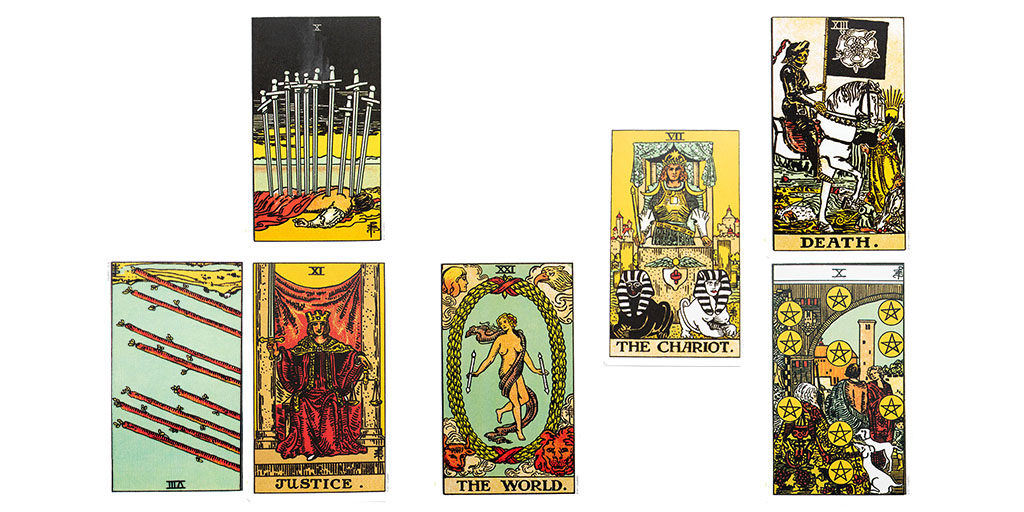
So what story do you take from this reading?
I can bet that it’s just as diverse as ours were. Especially when it came to that sneaky ol’ death card (which by the way, doesn’t traditionally mean death in its literal form, in case you were worried).
See, that’s the magic with visuals. Because of the richness of these cards, we each had something different to say or to add. There were no right or wrong answers. There was no one answer.
Instead, there was conversation.
It was an incredibly therapeutic exercise to explore our future possibilities without having to cram it into a box, or an objective or an outcome.
Because being a busy agency usually means each day is filled with deadlines, client deliverables, and the eternal quest of sourcing solutions.
But on this day, we took a moment to step back and look at the big picture. Using, not at all ironically… pictures.
And I have to say, I came out of this session completely inspired and with a zesty new spring in my step.
Not because I had a grand new sense of clarity about our state as an agency (although that was pretty great to have), but because I had experienced storytelling in an entirely different way than I ever had in the workplace.
Storytelling in the workplace
Doing this ‘reading’ had shown me that a pack of story cards can be used as a very tangible and practical tool for reflection and for exploring new things in a structured way.
Imagine your team of executive members, sitting around the boardroom, trying to come to an agreement on the priorities for the year ahead. They each come with a different knowledge of, and experience within, the business that keeps the debate alive.
Are they throwing out statistics, data, forecasts and describing all the different things they have seen, heard or experienced in the past year to determine the best way forward using words, reports and numbers?
And yet, imagery is better at evoking memory than words.
So imagine what might happen if those same executives used seemingly random visuals to step back and review the year using visuals. What opportunities might present themselves? What niggly, hidden barrier might suddenly be prodded from their unconscious to the conscious? And what conversations might ensue off the back of it?
It’s this opportunity for depth and discovery in conversations that prompted us here at H&H to create a business equivalent of tarot cards.
Because let’s be honest – not many people are brave enough to approach their executive team with a pack of cards engraved with empresses, kings and entwined lovers.
We wanted to create something that employees could use to extract the power of storytelling using visuals without having to explain whether they believe in otherworldly divination.
To bring visual storytelling into workplaces that wasn’t reserved for the internal newsletter, the toilet poster or Town Hall presentation.
Imagine the possibilities in your everyday.
What unformed idea might be pulled into consciousness if you drew a random card from a pack of visuals to explore a decision you had to make, instead of landing on the first solution that popped into your mind?
What wellbeing issues might rise to the surface if a manager asked their team to describe their upcoming week using a visual instead of their to-do list?
And what depth of understanding might a project manager have if their team used a visual to describe the success of their last agile project sprint instead of a 10 page status report?
It’s these kinds of everyday activities that can benefit from visual storytelling, and is a huge area of untapped potential that could set an organisation apart from its competitors.
Are you game enough to use the lessons from tarot in your working life?

